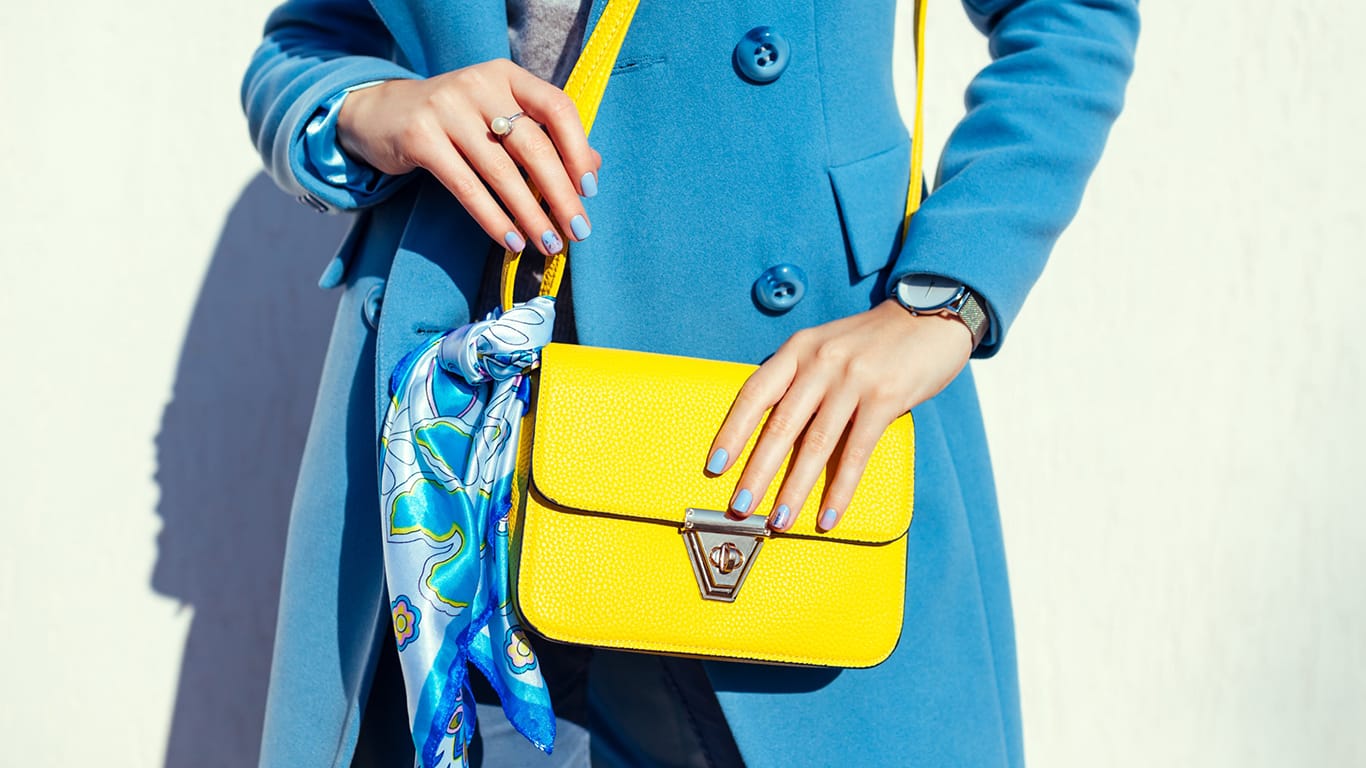Designer handbags are prized possessions that often retain, or even increase, in value over time. However, the market is flooded with counterfeit bags that mimic popular brands, making it challenging to sell a handbag without proving its authenticity. If you’re planning to sell your designer bag, authenticating it is crucial.
This guide will walk you through the key steps to ensure your handbag is genuine before you put it on the market.
Why Authenticating Your Designer Handbag is Crucial
Selling a counterfeit handbag can have serious consequences. Not only is it illegal, but it can damage your credibility as a seller. Buyers expect authenticity, and if they discover they’ve been sold a fake, they can report you. Even if it was unintentional, you could still face legal issues.
Also, selling genuine bags protects the integrity of the resale market. Luxury goods are investments, and buyers rely on honest sellers. By authenticating your handbag, you’re not just protecting yourself, you’re also helping to maintain a trustworthy marketplace where buyers and sellers feel confident.
Common Counterfeit Handbag Problems
Counterfeit handbags usually come with several telltale issues. The most noticeable is the lack of quality craftsmanship. Fake bags are often made with inferior materials—cheap leather, thin fabrics, or plastic hardware—that don’t hold up over time. Even if a fake bag looks convincing at first, small details like the stitching, logos, or inner lining can give it away. These issues significantly reduce the bag’s resale value, making it less desirable to buyers.
Key Features to Examine in Designer Handbags
Authenticating a designer handbag means paying attention to the small but important details.
Material and Craftsmanship Quality
Material inspection is a quick approach to discovering a fake bag. Real designer bags are made of superior leather, suede, canvas, or other materials. Leather should be supple but durable, and stitching should be crisp and even throughout the bag. The bag is likely fake if it has loose threads, uneven stitching, or inferior materials.
Excellence in craftsmanship is also important. Many luxury brands engage trained artisans to make their bags, paying attention to every stitch. Flimsy or badly manufactured bags may not be authentic.
Logos, Labels, and Fonts
Focus on the bag’s logo too. Most designer labels have a trademark logo placement, and even minor changes might seem suspicious. Chanel’s interlocking CC mark is always centered and aligned. Louis Vuitton’s emblem has perfectly spaced letters and never cuts off at seams or threads.
Also, consider fonts. Luxury brand fonts are commonly overlooked by counterfeiters, resulting in letter size, thickness, and form differences. Comparing your bag’s logo and content to a verified authentic one from the same brand will help you discover differences.
Serial Numbers, Date Codes, and Holograms
Designer bags often have serial numbers or date codes to guarantee authenticity. Chanel bags have serial numbers that match their manufacture years. Vuitton bags include a date code that shows when and where they were created.
Serial numbers and date codes should be placed, styled, and consistent. Chanel serial numbers are normally on a little label inside the bag, while Louis Vuitton date codes are engraved on leather tags or the inside. A counterfeit is likely if the numerals are missing, misplaced, or incongruous with the brand’s appearance.
DIY Authentication Tips for Sellers
If you want to authenticate your bag yourself, there are several steps you can take to increase your chances of spotting a fake.
Online Forums and Community Assistance
There are many online communities where handbag enthusiasts share their knowledge and help others authenticate their bags. Sites like PurseForum or Reddit have dedicated threads for handbag authentication. You can post pictures of your bag, and experienced users can help you identify if it’s real or fake. Just be sure to provide clear, detailed photos of key areas like the logo, serial number, and stitching.
Comparing to Known Authentic Bags
If you own another bag from the same brand or have access to a store, compare your bag to a known authentic one. Look closely at the details—logos, fonts, material quality, and serial numbers—to spot any discrepancies. Additionally, resources like YouTube tutorials or blog reviews can be helpful. Many experts post side-by-side comparisons of real and fake bags, which can guide you in your authentication process.
Seal the Deal with Confidence
Authenticating your designer handbag before selling is an essential step to ensure a smooth, successful sale. By showcasing your bag’s authenticity, you’ll attract more buyers and get a better price for your luxury item. Sell Used Designer Handbags with confidence today using this guide as your help.




